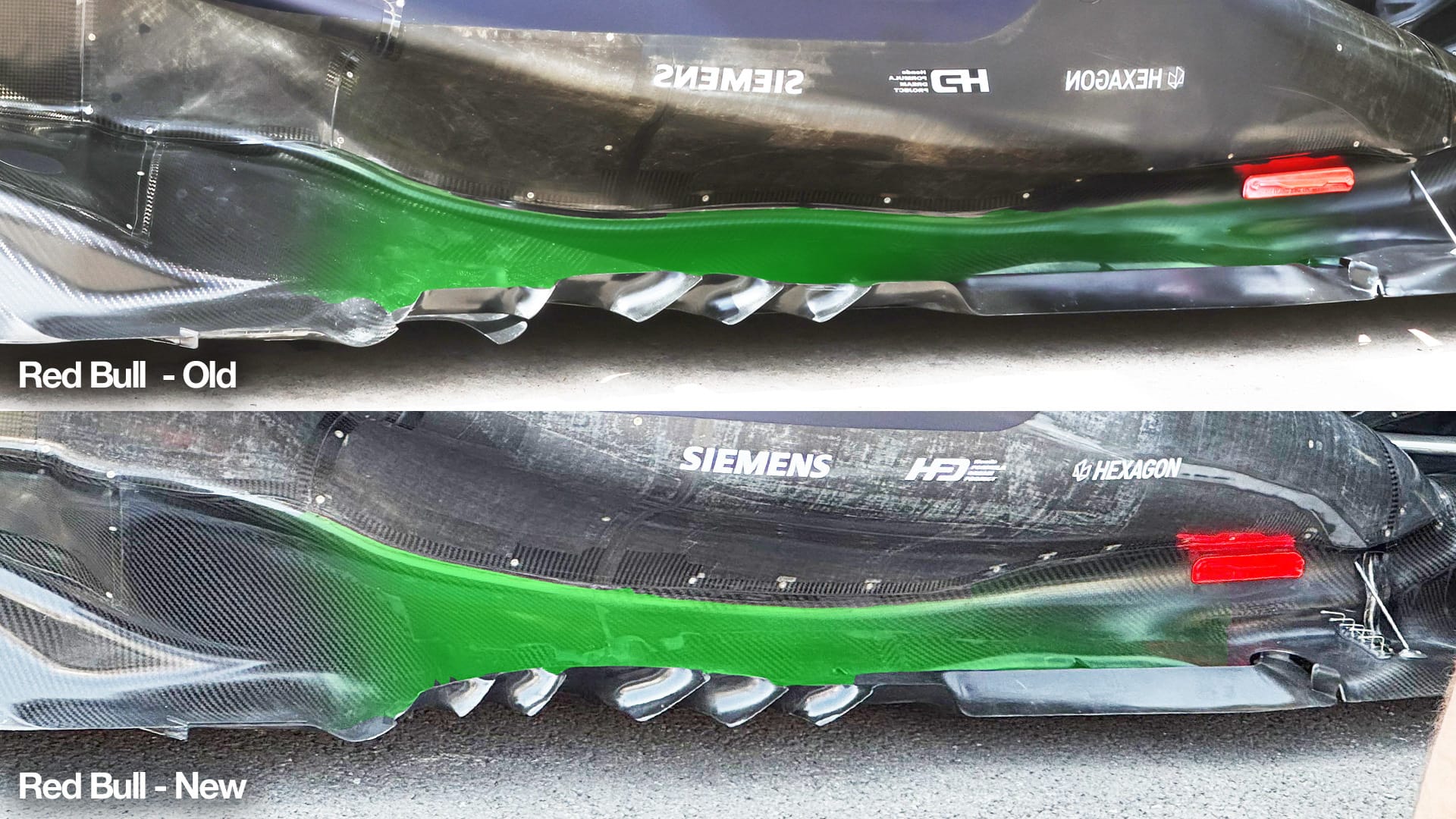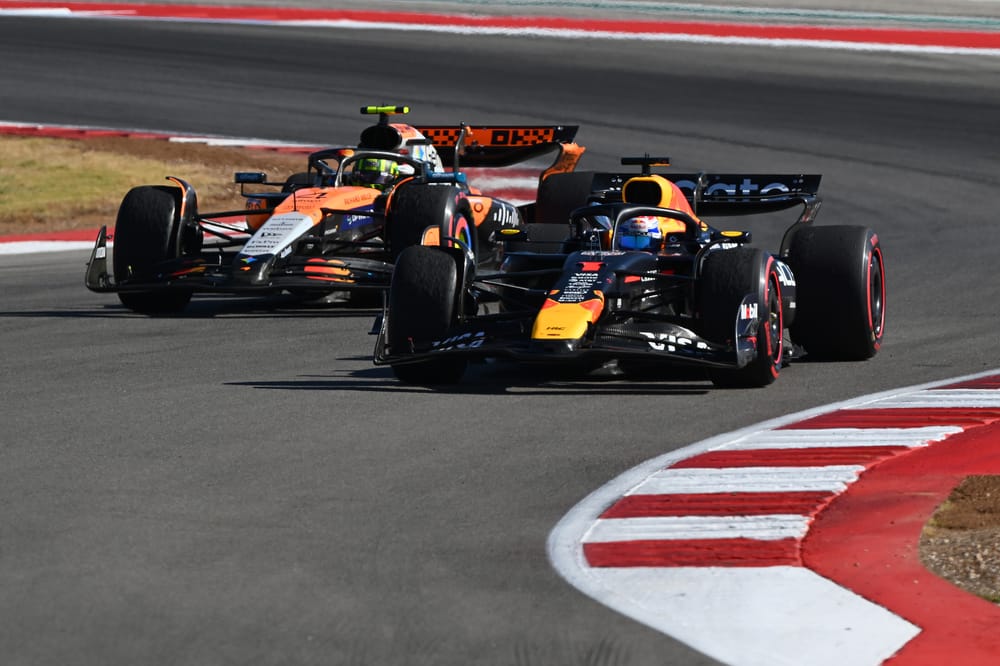McLaren would have "heavily compromised" next year's rules overhaul if it continued developing its 2025 car in the manner Formula 1 championship rival Red Bull has.
A steady stream of upgrades after the summer break, kickstarted by a new front wing and floor at the Italian Grand Prix at Monza in September, have transformed Red Bull from sporadic McLaren threat to consistent race winner.
Max Verstappen has won three of the four races since, thanks to the improved downforce and tyre management the upgrades have brought, and being able to set the car up more to his liking as well.

Red Bull has modified its floor yet again for this weekend's Mexican Grand Prix, combined with a tweak to its engine cover bodywork, as it pursues an unlikely title comeback for Verstappen - which the team has admitted has come at a "cost" for its 2026 project.
McLaren, by contrast, has not had a major upgrade since a "complete floor" revision was introduced at July's British Grand Prix, as it has put its full development focus on next year's car.
Asked by The Race what the compromise would be on 2026 if McLaren had continued to develop into the point where it had upgrades on the car at this point of the season, Stella said: "The 2026 project would be heavily compromised.
"We want to win championships in the future. To win championships in the future you need to have a competitive car.
"We have been very considerate in the timing of switching our full resources to 2026."
One of Red Bull's justifications for its choice is that it was struggling with development for over a year and needed to validate its tools and methodologies.
That means that successful 2025 upgrades would obviously help its current season but would give Red Bull confidence in what it is doing for 2026 and beyond, having seemingly spent a long time lost about how to improve its car weaknesses.
Stella reckoned this is a significant point as McLaren's 2025 car had matured a lot aerodynamically this year and, compared to Red Bull, it was not seeing the same benefits from pursuing costly development all the way through the year.
There are also F1's aerodynamic testing restrictions to consider, as that system gave McLaren less windtunnel time and CFD work than Red Bull in 2025 because it won last year's constructors' championship and led the standings again at the mid-season reset point this year.
"It takes weeks for us to add one point of aerodynamic efficiency because we were at the plateau in our aerodynamic development," Stella explained.
"In the 2026 car, every week we add a lot of downforce. So that's where with the best information you have available, you have to make a call.
"We also don't have to forget that by being the champions, we are the most restricted by the regulations in terms of the windtunnel allowance and the CFD allowance.
"So it's not like we have an unlimited amount of resources that we can use. It comes from the same pot when it comes to CFD and aerodynamic windtunnel testing.
"And because we were so much in the diminishing returns, we needed to be realistic and shift our attention to 2026.
"Then we look at Red Bull and when we consider some of the complaints they had at the start of the season, perhaps they had more margin to develop efficiently focusing on 2025 and perhaps they are happier to give up a little bit of the 2026."
Red Bull has described its Mexico floor tweak as a "make-from" update, which means it was a pre-existing floor that it has recycled rather than producing a brand new one from scratch.
Chief engineer Paul Monaghan described it as some "magic work" from the team at its Milton Keynes headquarters to do that while being "in the midst of 2026" development.



